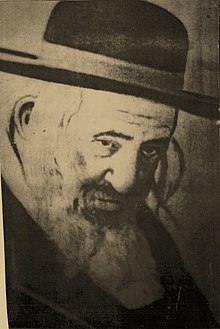Do you see this fine thing?
Do you admire the humanity of it?
Because the Human Beings, my son,...
...they believe everything is alive.
Not only man and animals,...
...but also water, earth, stone.
And also the things from them,...
...like that hair.
The man from whom this hair came,...
...he's bald on the other side,...
...because I now own his scalp.
That is the way things are.
But the white men,...
...they believe
everything is dead:...
...stone, earth, animals,...
...and people,
even their own people.
If things keep trying to live,
white men will rub them out.
That is the difference.
Did the litvish world pick this up from the goyim?

